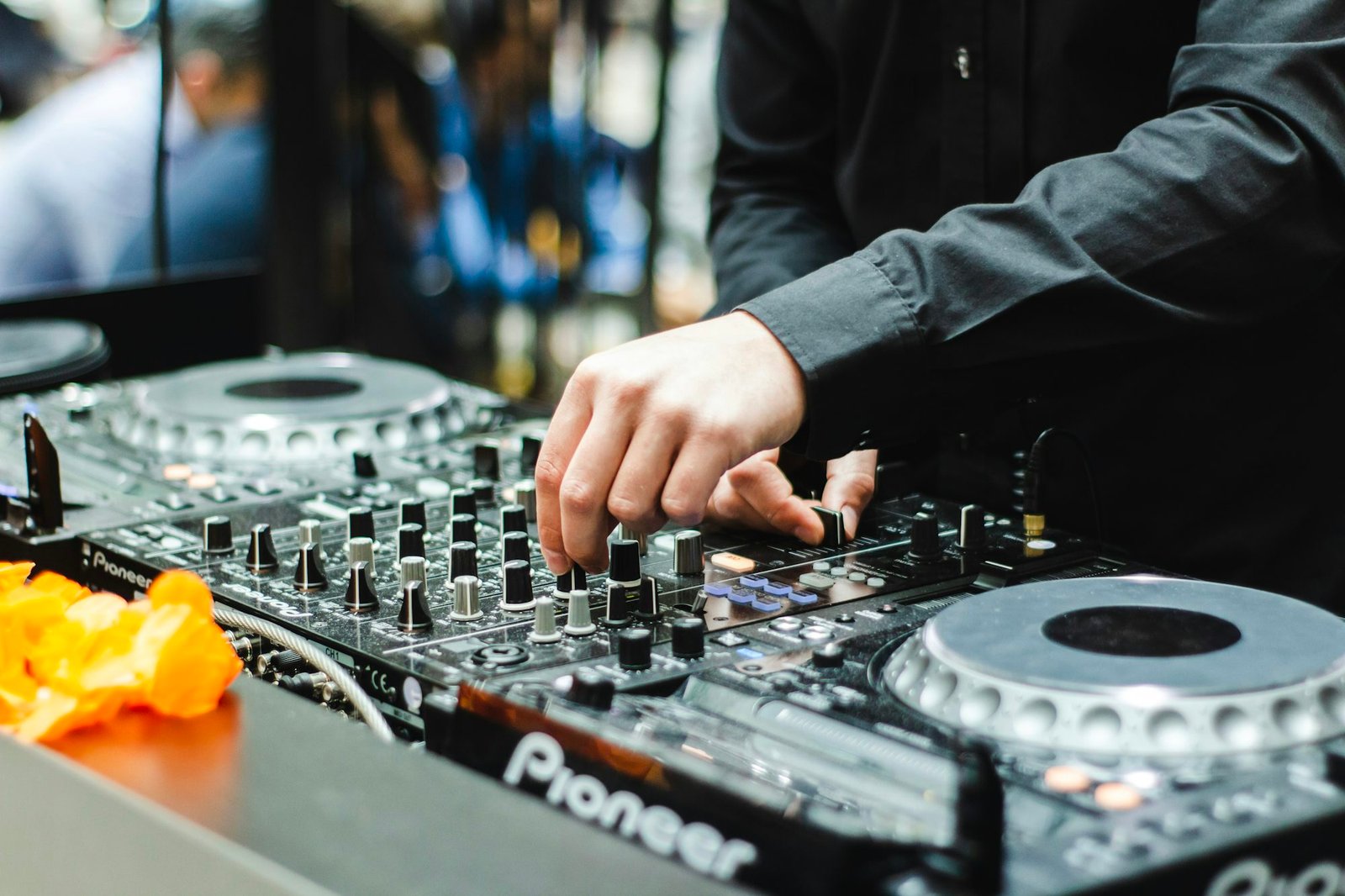tunevora.xyz
An in-depth look Songs at the evolution of house music, tracing Musician its Music industry roots, major Live concert Singer milestones, Band and its journey from underground Soundtrack clubs Music to mainstream popularity.
The origins of house music can be traced back to Chicago in the early 1980s. Influenced by disco, funk, and soul, the genre emerged in response to the demand for danceable music that could ignite the energy of nightclubs. DJs like Frankie Knuckles, often referred to as the “Godfather of House,” played a crucial role in shaping the sound of house music. Knuckles and his peers would take disco tracks and remix them, adding drum machines, synthesizers, and deeper basslines to create a fresh sound that resonated with audiences.
One of the defining features of house music is its repetitive beats and uplifting melodies, designed to keep people dancing for hours. The use of 4/4 time signature, combined with rhythmic hi-hats and snares, became a staple of the genre. As house music began to gain traction, various subgenres emerged, Music industry each contributing to the rich tapestry of sound that Live concert defines house today. From deep house's smooth, soulful vibes to tech house's driving beats, these subgenres showcase the versatility of house music while retaining its core essence.
By the late 1980s and early 1990s, house music began to spread beyond Chicago to cities like New York and London. This expansion was facilitated by the rise of raves and warehouse parties, where underground DJs showcased the genre to enthusiastic crowds. Iconic venues such as The Warehouse in Chicago and The Ministry of Sound in London became cultural hotspots, drawing in diverse audiences eager to experience the pulsating rhythms of house music.
The 1990s marked a significant turning point for house music, as it began to capture the attention of mainstream audiences. This shift was propelled by hit singles from artists like Daft Punk, who blended house with elements of funk and disco, paving the way for the genre’s acceptance in popular culture. Their 1997 hit “Around the World” epitomized the infectious sound of house music, reaching charts worldwide and introducing the genre to a broader audience.
As house music gained momentum, the advent of digital technology revolutionized music production and distribution. The introduction of software like Ableton Live and FL Studio enabled aspiring producers to create high-quality tracks from their home studios. This accessibility led to an explosion of new talent, with bedroom producers emerging from all corners of the globe, each adding their unique flair to the genre. The democratization of music production played a crucial role in shaping the contemporary house music scene, allowing for endless creativity and innovation.
In the mid-2000s, house music experienced a resurgence with the rise of the electro-house subgenre. Artists like Deadmau5, Steve Aoki, and Calvin Harris became household names, bringing house music into the mainstream spotlight. Their infectious tracks topped charts and were featured in commercials, further solidifying the genre's place in popular music. This newfound popularity also led to the growth of major music festivals such as Tomorrowland and Ultra Music Festival, where house music took center stage alongside other EDM genres.
The rise of streaming platforms like Spotify and Apple Music has significantly impacted the way house music is consumed. Playlists featuring house tracks have become a popular way for listeners to discover new music, with curators highlighting both established and emerging artists. This has created a sense of community among fans, who share their favorite tracks and attend events together. The accessibility of streaming platforms has also enabled artists to reach global audiences, breaking down geographical barriers and fostering a more interconnected music scene.
House music’s influence extends beyond just the dance floor; it has permeated various aspects of culture, from fashion to art. The genre’s vibrant aesthetic is often reflected in visual art and graphic design, with bold colors and dynamic imagery capturing the essence of the house music experience. Collaborations between musicians and visual artists have become common, with many festivals and events featuring immersive art installations that enhance the overall atmosphere. This synergy between music and art creates a holistic experience for attendees, allowing them to engage with the culture on multiple levels.
Furthermore, the sense of community fostered by house music is one of its most enduring qualities. The genre has historically been associated with inclusivity, drawing in people from diverse backgrounds and fostering a spirit of acceptance. Events like the Chicago House Music Festival and international celebrations of house culture highlight this sense of unity, bringing together fans and artists to celebrate the genre’s rich history and future.
Looking ahead, the future of house music appears bright, with continuous innovation and experimentation on the horizon. As artists push boundaries and explore new sounds, we can expect to see the emergence of even more subgenres and styles. Collaborations between house artists and musicians from other genres will likely continue, creating unique fusion sounds that captivate audiences. The ongoing evolution of technology will further enhance the production and performance aspects of house music, leading to new and exciting experiences for fans.
In conclusion, the evolution of house music is a testament to its enduring appeal and versatility. From its underground origins in Chicago to its status as a global phenomenon, house music has continuously adapted to changing times while remaining rooted in its core values of rhythm, dance, and community. As the genre continues to grow and evolve, it will undoubtedly inspire new generations of artists and fans alike, ensuring that the spirit of house music lives on for years to come. Whether on the dance floor or in the studio, house music continues to resonate with people around the world, embodying a celebration of life, joy, and connection.